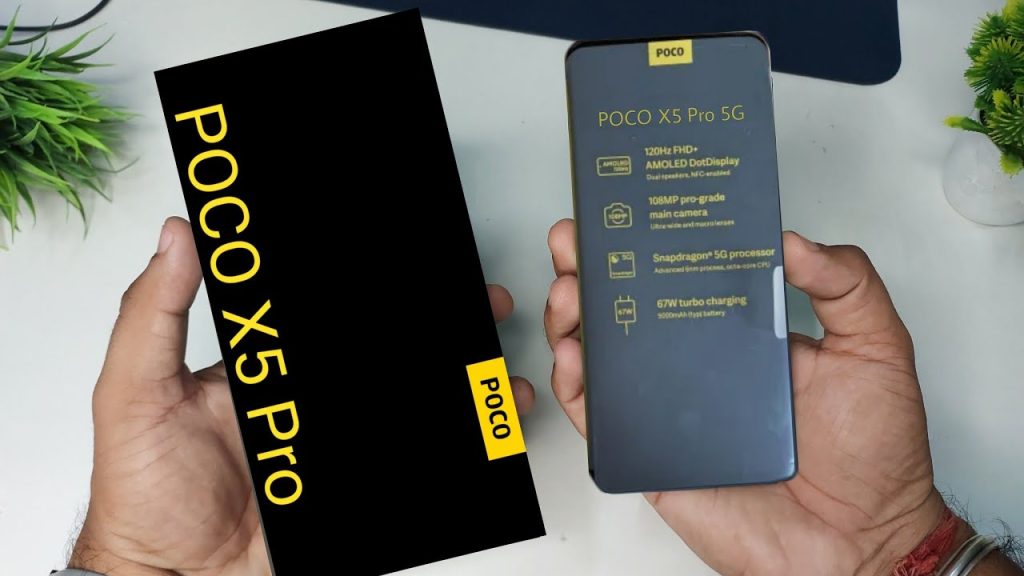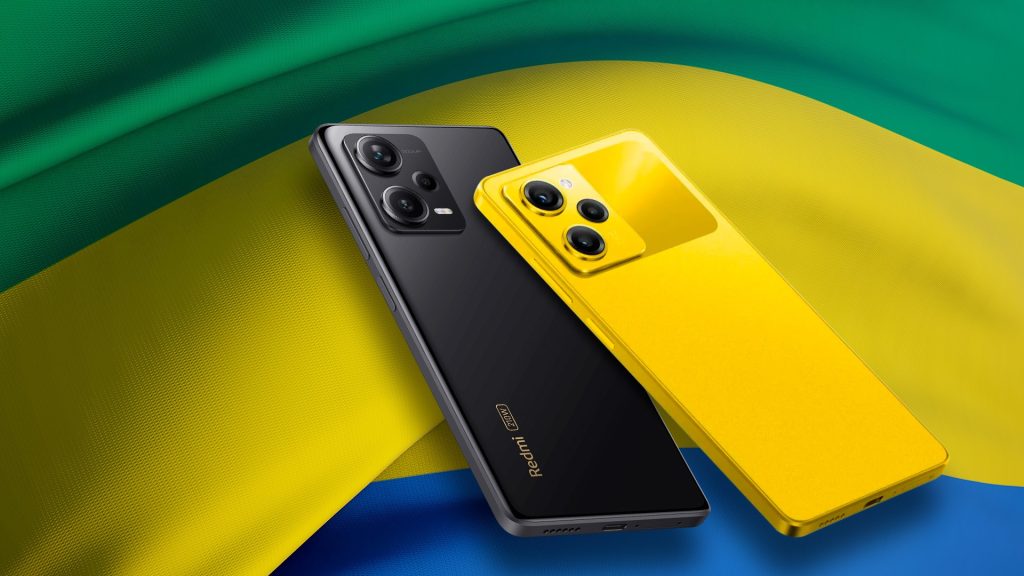Poco X5 Pro to Come with Snapdragon 778G & Vanilla X5 to Have Snapdragon 695
Seven days prior the forthcoming Poco X5 was seen in the possession of a cricket star, however did you had any idea that there is an Pro rendition on the way too? That was a surprising bit of information to us as well, yet an European retailer as of now list the gadget as “coming soon” and has posted a practically complete specs sheet.

The Xiaomi Poco X5 Pro has a 6.67″ AMOLED display with 1,080 x 2,400px resolution (20:9), as indicated by the retailer. The refresh rate isn’t referenced, tragically, however it ought to be 120Hz like the Poco X4 Pro.

At any rate, the phone is fueled by the Snapdragon 778G, a strong all-round update over the 695 tracked down inside the X4 Pro. The retailer list two memory setups – 6/128GB and 8/256GB – the two of which have a microSD card space. The phone clearly runs Android 12 with MIUI 14 for Poco.

The main camera includes a huge 108MP 1/1.52″ picture sensor (0.7µm pixels) with a f/1.9 aperture like last year’s model. On account of the updated chipset, notwithstanding, 4K video recording is presently conceivable (at 30fps, yet). Different cameras on the back are a 8MP ultra wide (118°) and a 2MP macro. On the front, a 16MP selfie camera.

The power framework is equivalent to before with an enormous 5,000mAh battery and 67W wired charging. For insurance, there is Gorilla Glass 5 on the front and an IP68 rating – that last part doesn’t seem as though Poco’s MO, so it very well may be an error on the spec sheet (the X4 Pro is evaluated for just IP53).

There’s no word on the price at this point. At send off the X4 Pro was €300/PKR85055 for a 6/128GB model (somewhat less with timely riser valuing) and €350/PKR99231 for the 8/256GB one. Generally, the Poco X5 Pro doesn’t appear to change a lot, however that Snapdragon 778G will immensely affect execution. Concerning colors, you will have three options: Blue, Black and, obviously, Poco Yellow.

The retailer likewise records subtleties for the Xiaomi Poco X5. This one adheres to the Snapdragon 695 (as seen in Geekbench) and has a 6.67″ AMOLED display (1,080 x 2,400px) with 120Hz refresh rate, which makes us think the Pr has a 120Hz display too. The base X5 has just an IP54 rating, which sounds more authentic.

This vanilla model is like the Pro, however for certain downsizes, beginning with the 48MP main camera, which is as yet joined by a 8MP ultra wide (118°) and 2MP macro (don’t depend on 4K, notwithstanding). The selfie camera is down to 13MP.

Another change is to the battery – the limit stays at 5,000mAh, the charge speed drops to 33W. Like its kin, the Poco X5 is recorded with 6/128GB and 8/256GB designs (expandable with a microSD). There is no estimating data and no Poco X4 to use as an aide. The X5 offers three color options: Green, Blue and Black.

The Poco X5 Pro picture seems to be indistinguishable from the X4 Pro. Perhaps Xiaomi didn’t change the design, perhaps the retailer reused an old picture. The specs appear to be extremely near the Redmi Note 12 Pro Speed. With respect to the vanilla X5, the picture seems to be the Redmi K50i however the specs share little practically speaking (additionally, the recorded colors don’t match the pictures). The specs are a lot nearer to the Redmi Note 12, save for the chipset.
Published on 01/30/23 12:45 | by Rawa John
Poco X5 Seen on Geekbench with Snapdragon 695 Chipset
While we sit tight for the possible Poco X5 declaration, the phone figured out how to crawl up on Geekbench uncovering its chipset, RAM and Android variant in front of the authority revealing. Poco X5 bears the Xiaomi 22111317PG identifier and oversaw 693 single-core points and 2,113 points on the multi-core test. The gadget is furnished with a Snapdragon 695 chipset and 8GB RAM. The product side is covered by Android 12, apparently with MIUI 13 on top.

In light of past reports, Poco X5 will be a rebadged Redmi Note 12 with the more established Snapdragon 695 chipset instead of the Snapdragon 4 Gen 1. We’re additionally expecting the Poco X5 Pro model to send off close by the vanilla X5. The Pro model is reputed to be a rebrand of the Redmi Note 12 Pro Speed with the Snapdragon 778G SoC in charge.
Published on 01/30/23 12:10 | by Rawa John












